We made a small and simple application for our well Ltouch panels to allow users to configure and subsequently communicate with all Modbus RTU devices.
Biemme Config, will be installed as standard on all our touch, so make it easier to configure the Modbus RTU devices.
In a few simple steps we can write and read using the Modbus RTU functions 03 and 16.
We prepare communication; We connect via a three-wire cable on Modbus device and Ltouch.
The Modbus RS485 port is positioned in the side of a connector DB9 and uses these pins:
- 2 – A
- 3 – B
- 5 – GND
Set the speed of communications (thanks to our Libreria the app supports speeds up to 115200) and the timeout.
Node Id: corresponds to the slave to read.
Start Register : corresponds to the first register for the Modbus read
Number Registers: Corresponds how many registers I want to read
Once configured these three fields we can, using the three buttons, perform the read request.
Single reading: Ltouch will perform a read-only and represents the values read on the screen.
Continuous cycle reading: Ltouch will perform the readings at intervals of a second in a cyclic mode. The values will be shown on screen.
FUNCTION 16:
With this feature we can write the integer values:
Node ID: It corresponds to the address of the slave in which I am going to write
Start Register: It is the first register in which I am going to write
Number Registers: It represents the number of consecutive registers in which I will write the value.
Value: It represents the value that will write.
To close the application just press over the Biemme logo
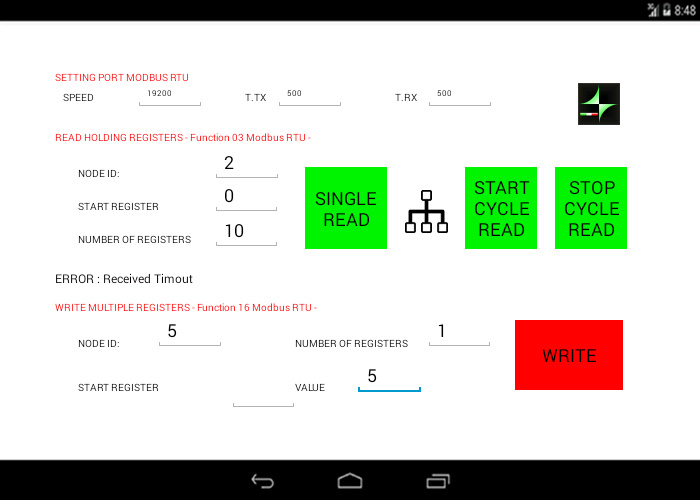
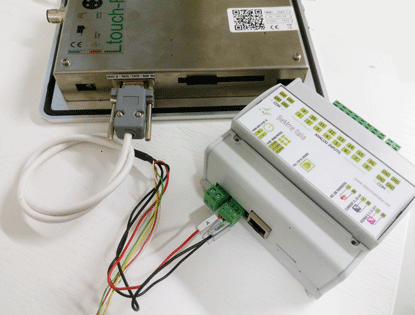
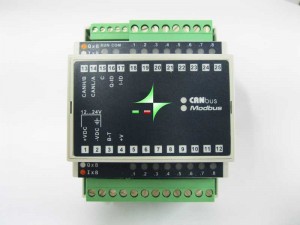 There is debate on the feasibility of employing Android on Industrial Automation applications.
There is debate on the feasibility of employing Android on Industrial Automation applications.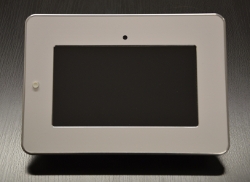
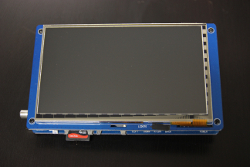
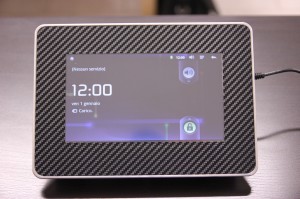 We designed and developed a control system that uses our
We designed and developed a control system that uses our 